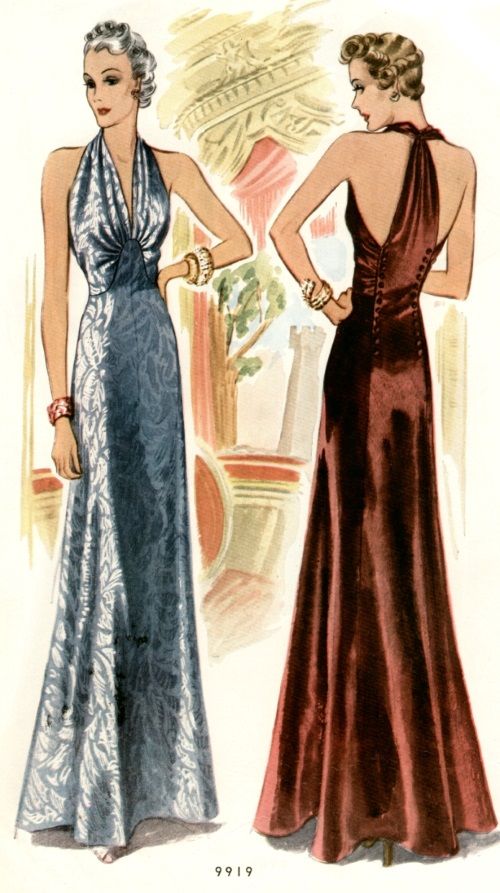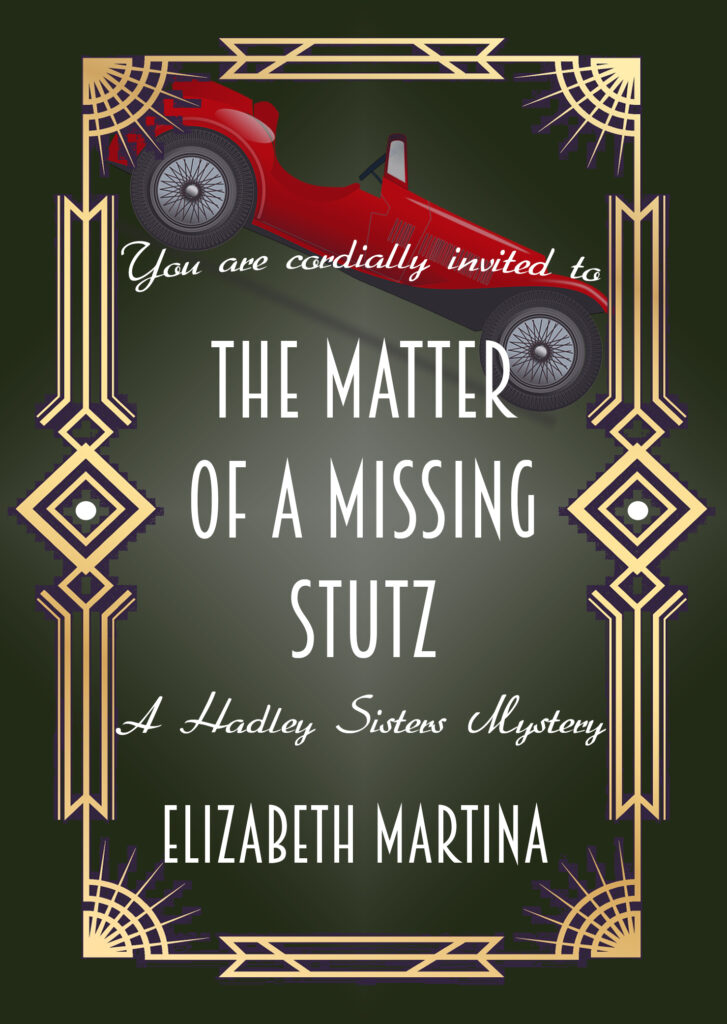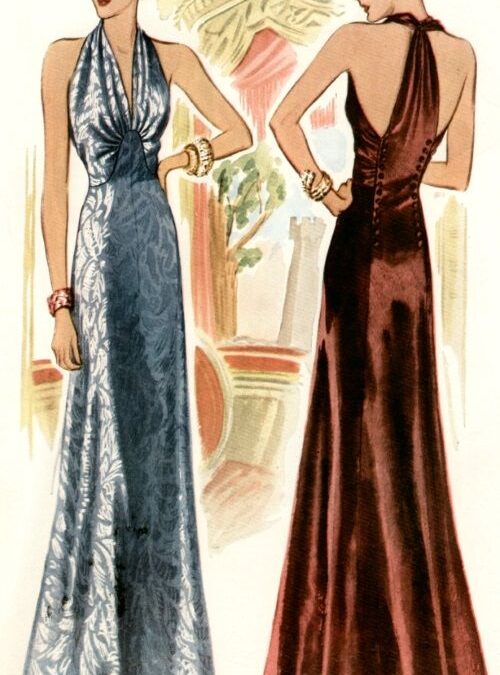
COSTUME DETAILS FOR WRITERS -1930S
PART 2
When writing about your heroine’s clothes, you must remember her place in society. The Depression put a severe change in the clothes styles of those years. But not everyone got poor and lived in the Dust Bowl, either.
Every woman who was under 30 in 1930 was sure to dress more modern. That meant whatever the stylish hem length of the day, whether it was knee length or mid-calf. Only the matrons did not follow suit.
The Depression meant better use of accessories to dress up the fewer outfits that women had in those years. That was discussed in the last blog post.
Dresses were categorized: day dresses and going out dresses. The day dresses could be thought of as the dresses worn to cook and clean house. No self-respecting woman would go downtown in a “day dress”. These tended to be made out of cotton broadcloth, with, often, bold patterns of flowers or checks on the material. They often had full sleeves, yokes, small collars, made in a wrap-around style for easy on-off wear. Some were made completely reversable, so the wearer had two dresses in one. They were of a slender bias cut, with a flared hem, and the matching belt. Shoes were most often oxfords with a thick heel. They were not beautiful but they were comfortable.
To go out, one would change to the afternoon dress. These dresses were often plain, but not severe, made of silk, rayon crepe, or linen. They actually had a similar silhouette to the day dress, the slim bias cut with puffy sleeves, but they were garnished with embellishments like bows, rushing, embroidery, decorated buttons, flowers and other trims. In the spring and summer, pastels were worn, especially peach and aqua. In the fall and winter, earthy colors, like burgundy and maroon, were used. Rayon tweed and corduroy were common materials. Shoes for going out were often a variety of oxford, but with cut outs in the leather for ornamentation. Dress length tended to be mid-calf. Collars were often big. Shoulders were big, too, trying to get that big, tall look that was so elegant at the time.
For business attire, skirt suits were common. Most popular materials were linen for summer and wool for winter. The skirts were long at the beginning of the decade, moving up to knee length by the end. They were flared or gored, following body lines but not tight. The waist was worn high.
With the skirt, blouses or sweaters were worn. The button-down-the-front cotton blouse was a must have. Whites and floral prints, in sheer rayon, were most in demand. Sweaters were short and snug around the waist, fitting mostly like a blouse, sometimes having blouses under them. Short sleeves for either blouses or sweaters were puffed. Long sleeves were full. Necklines were very modest with small collars of various shapes on blouses. Decorative details, like shirring and bows were common as a way of modestly accenting the bust. If a woman had a low neckline, she filled in the space with a scarf. Dressy blouses were made of silk, lace, organdy and satin.
For those who could afford such things, evening gowns were a common sight, at least on the movie screens. They were very revealing by daytime standards. Low necklines and non-existent backs combined with silky satin, lace, velvet or taffeta, cut on the bias, made dresses comfortable to dance in. They all seemed to be very clingy and sported short trains for elegance. The shoes looked like delicate high heeled slippers.
Coats tended to be cut similar to dresses, with built up shoulders, bias cut, full without cling. Many had removeable fur collars for ease in cleaning. And hats to match or coordinate.
Pants became acceptable for women to wear to watch or participate in sports events. (Croquet, anyone?) They were very wide at the ankle, and more often worn with stripped knits rather than blouses.
Before we go, just remember that those beautiful women on the screen translated into cosmetic sales going through the roof despite the poverty of the decade. By the end of the 1930s, everyone knew how to be a peroxide blonde and how to put on lipstick. It was universal!

The Matter of a
Missing Stutz
Book 2 of the Hadley Sisters Mystery series: Available now at Amazon in ebook and soon in paperback


Recent Comments